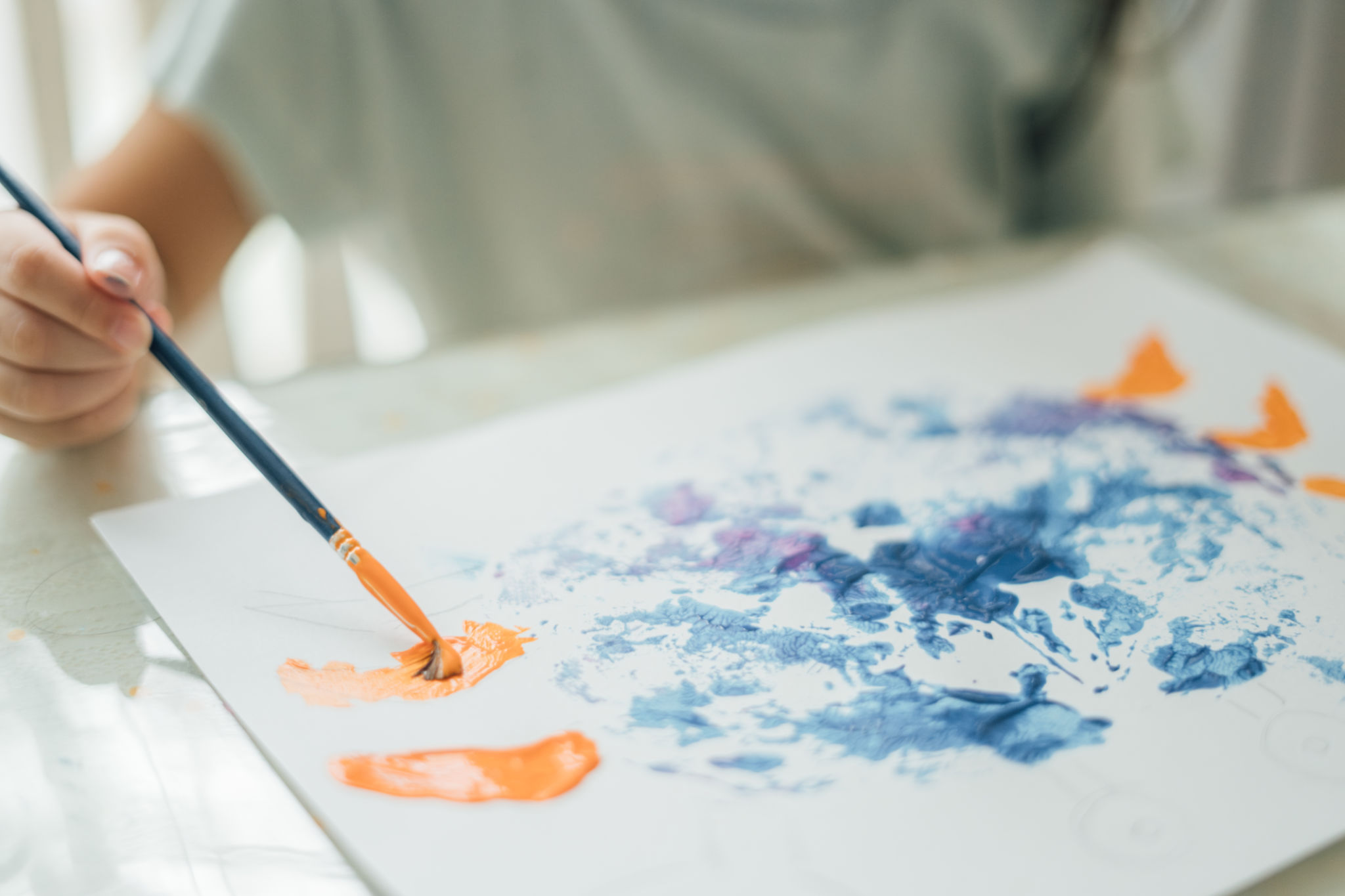How Art Therapy Transforms Lives: Stories from Seattle’s Homeless Community
The Power of Art Therapy
In the bustling city of Seattle, a unique form of healing is transforming lives within the homeless community: art therapy. This therapeutic approach leverages the creative process to help individuals explore emotions, develop self-awareness, and manage their mental health. For many, the simple act of creating art provides a sense of purpose and a newfound perspective on life.
By offering a safe space to express themselves, art therapy enables participants to communicate feelings that might be too difficult to verbalize. This is particularly beneficial for those experiencing homelessness, who often face a myriad of challenges including trauma, isolation, and mental health issues.

Stories of Transformation
Meet John, a Seattle native who found himself homeless after losing his job and battling depression. Through art therapy sessions provided by local shelters, John discovered a passion for painting. His artwork not only helped him process his emotions but also became a source of inspiration and hope. Today, John is working towards a new beginning, using his art as a stepping stone to reintegration into society.
Another inspiring story is that of Maria, who struggled with addiction for years. Art therapy allowed her to express her struggles and victories in a non-judgmental environment. The therapeutic process gave her tools to cope with her addiction and helped her build resilience. Maria now mentors others in the program, sharing her journey and encouraging them to find their voice through art.
Community Support and Engagement
The success of art therapy within Seattle's homeless community is largely due to the collaborative efforts of local organizations. These groups understand the importance of providing holistic support that goes beyond just meeting basic needs. By integrating art therapy into their services, they offer a comprehensive approach to healing.
Workshops and exhibitions not only showcase the talents of participants but also serve as platforms for community engagement. They foster connections between individuals experiencing homelessness and the broader community, reducing stigma and promoting understanding.

The Role of Volunteers
Volunteers play a crucial role in the success of art therapy programs. From conducting sessions to organizing exhibitions, their dedication and compassion make a significant impact. Many volunteers are artists themselves, bringing valuable expertise and mentorship to the participants.
These programs also benefit from volunteers who are not artists but are passionate about making a difference. Their involvement helps create an inclusive environment where everyone feels valued and supported.
The Future of Art Therapy in Seattle
With increasing recognition of its benefits, art therapy is poised to expand further within Seattle's homeless community. Continued funding and support from local governments and private donors will be essential in sustaining these programs.
Looking ahead, there are plans to integrate more digital art forms and technology into therapy sessions, broadening the creative avenues available for participants. As these programs evolve, they will continue to offer hope and healing to those who need it most.

